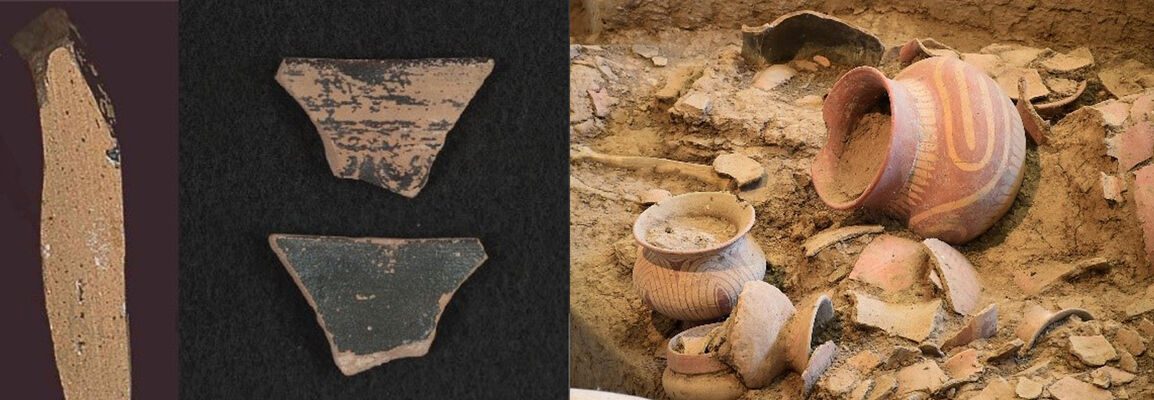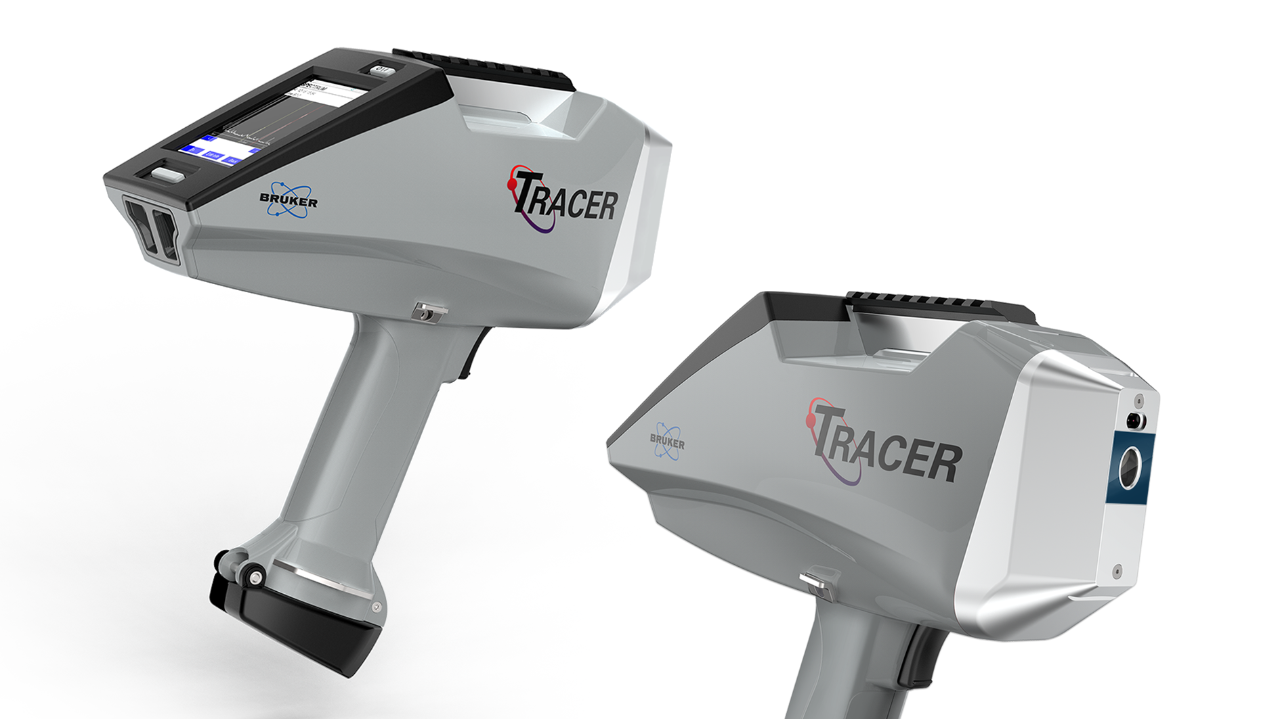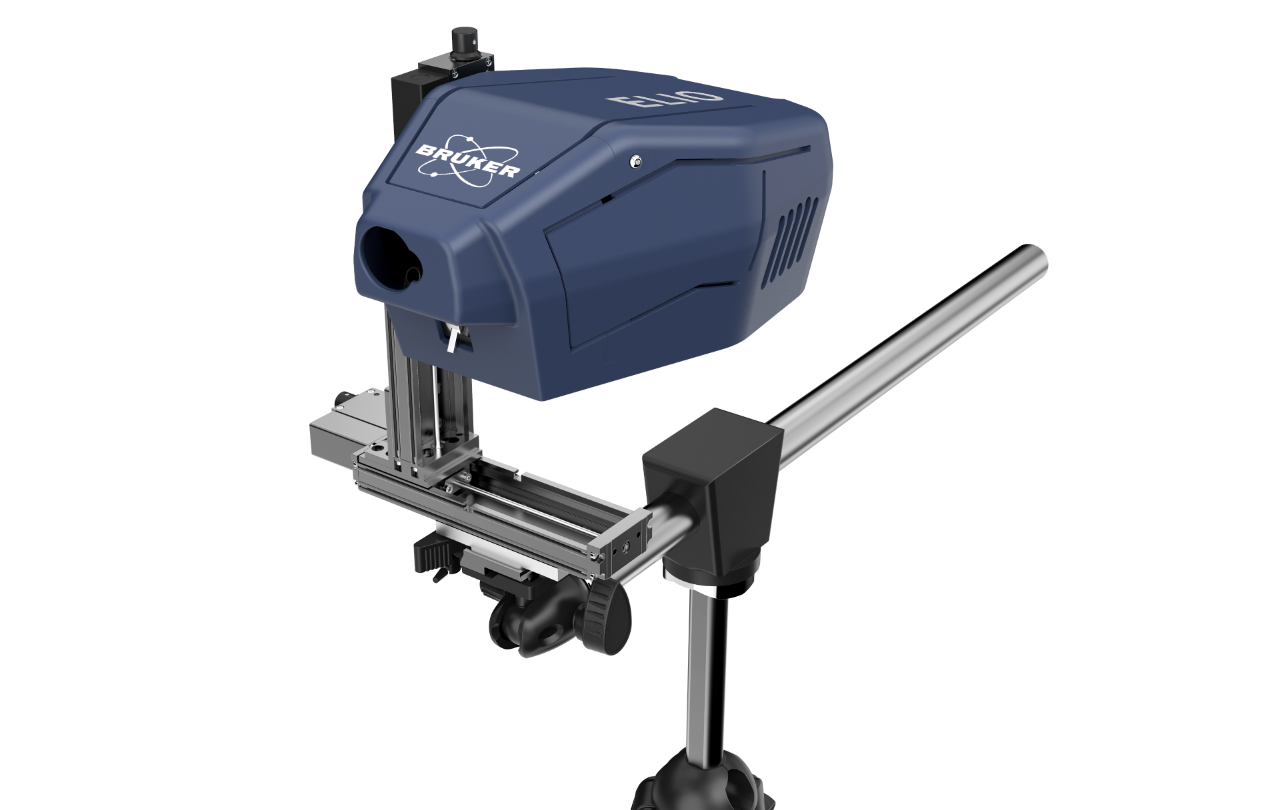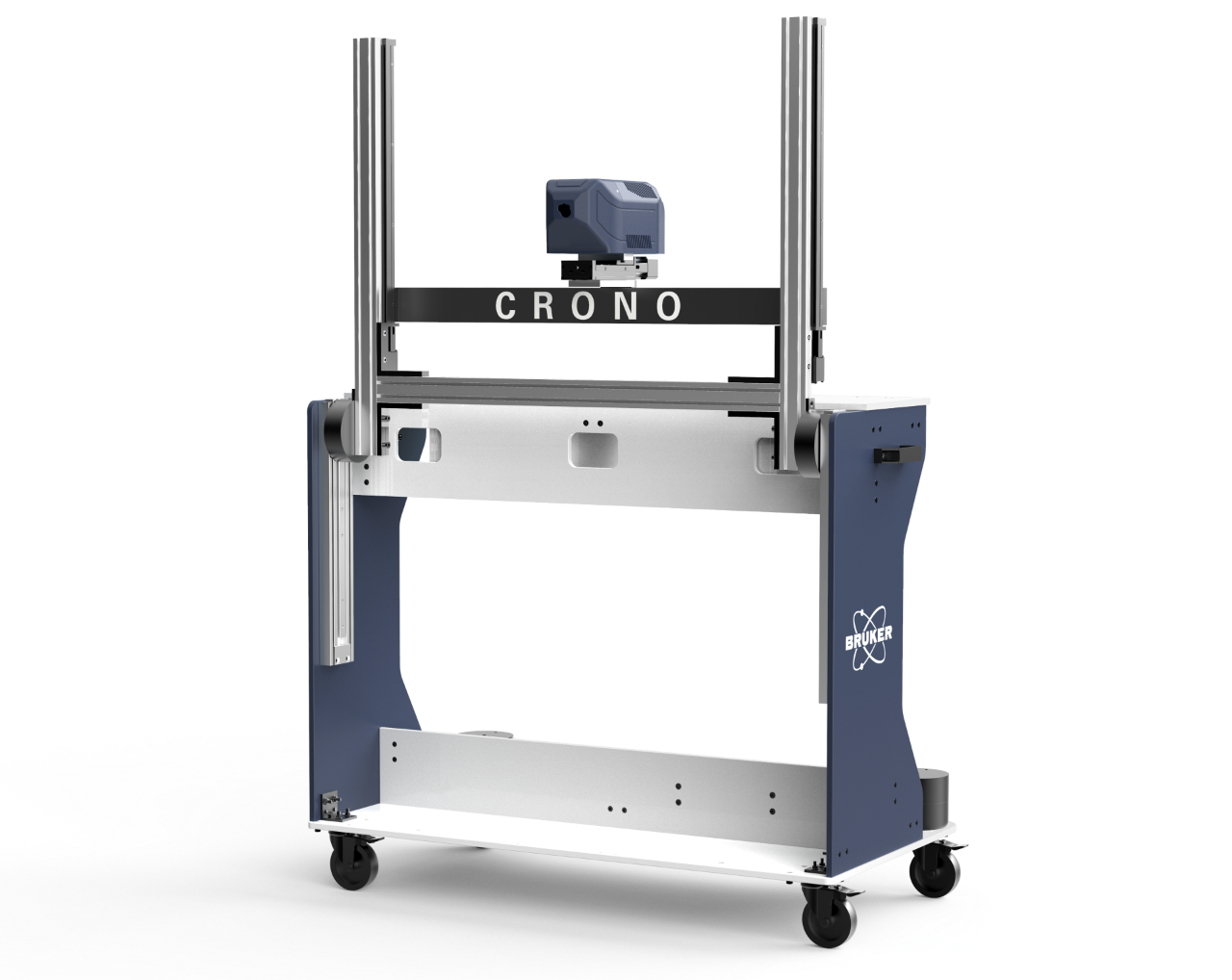

Compositional analysis of archaeological ceramics by Handheld XRF
Element Analysis of Archeological Objects with Portable X-ray Fluorescence
The use of Handheld XRF has become indispensable in archaeological research. The portability and ease of use allows for on-site and in-lab elemental investigation of a wide range of materials. While the use of Handheld XRF has become established practice in obsidian sourcing, the analysis of archaeological ceramics has gained increased attention. Traditionally, quantified compositional analysis of ceramic for provenance determination has been typically performed using neuron activation analysis (NAA) or inductively coupled plasma-mass spectrometry (ICP-MS). However, the use of Handheld XRF for similar work requires the development of calibrations, presenting challenges based on the physical qualities of the material and X-ray physics.
Presented here will be a review of compositional analysis by Handheld XRF, with particular focus on the challenges posed by archaeological ceramics. The webinar will introduce approaches to robust analysis and evaluation of data. In addition, an introduction to the calibration process will be presented, including suggestions for best practices that can be implemented by researchers interested in quantitative analysis of archaeological ceramics.
There will be a 15 minute Q&A live session where our experts will answer your questions.
Who Should Attend?
- Researchers, professionals, and students in cultural heritage conducting evaluation and characterization of ceramic artifacts
- Those interested in learning the basics behind the calibration process as applied to Handheld and Portable XRF
- Those interested in broadening their understanding of Portable XRF analysis of artifacts in general
Speakers
Prof. Aaron Shugar
Art Conservation Department, SUNY Buffalo State College
Dr. Nigel Kelly
Senior Market Application Scientist, Bruker Nano Analytics
Watch this Webinar On-Demand
Please enter your details below to gain on-demand access to this webinar.


